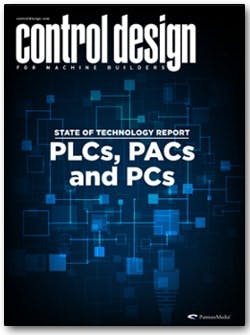Control choices can vary, sometimes by application or sometimes by engineers’ preferences or expertise. The more the needle moves, the more it stays in the same place. Futurists constantly predict the demise of the PLC, and yet its use is as prevalent as ever. And now, as software companies attempt to draw control to the cloud via the Industrial Internet of Things (IIoT), machine builders and plant engineers hold onto grounded control systems—whether they’re PLCs, PACs, PC-based controls, FPGAs or DCS— with both fists.
But the testbeds for time sensitive networks with deterministic control capabilities already have started. And more edge devices have intelligence embedded. The future seems to accelerate, the closer it gets.
However, PLCs and PACs are still the heavyweight when it comes to system/machine logic. While PACs, for example, are still very popular, the biggest concern is that most users are underutilizing their capabilities. PACs can interface with information systems, and their potential to interface and provide values remotely could make them invaluable and further blur the lines between them and DCS or PC-based controls.
At its peak, the decision typically comes down to the experience and familiarity of the individual. Older programmers typically prefer PLCs or PACs because of the relay logic approach to program development. PLCs can do some creative things; the same goes for PACs, in addition to structured programming and function blocks. Younger programmers might be more comfortable with PC-based controls and the almost limitless options they offer.
While the programmers definitely tend to be higher-educated, the individuals who operate and maintain the equipment might not be, so traditional PLCs or PACs with some solid programming can still hold their own.
This State of Technology Report explores in greater detail the trends that have shaped PLC/PAC/PC machine control, the fundamentals of the technology and real-life examples of implementation that have proven successful. Drawn from the most recent articles published in Control Design, this special report includes articles on emerging developments, basic primers and machine-control examples illustrating the latest technology in action.
About the Author
Mike Bacidore
Editor in Chief
Mike Bacidore is chief editor of Control Design and has been an integral part of the Endeavor Business Media editorial team since 2007. Previously, he was editorial director at Hughes Communications and a portfolio manager of the human resources and labor law areas at Wolters Kluwer. Bacidore holds a BA from the University of Illinois and an MBA from Lake Forest Graduate School of Management. He is an award-winning columnist, earning multiple regional and national awards from the American Society of Business Publication Editors. He may be reached at [email protected]

Leaders relevant to this article:


